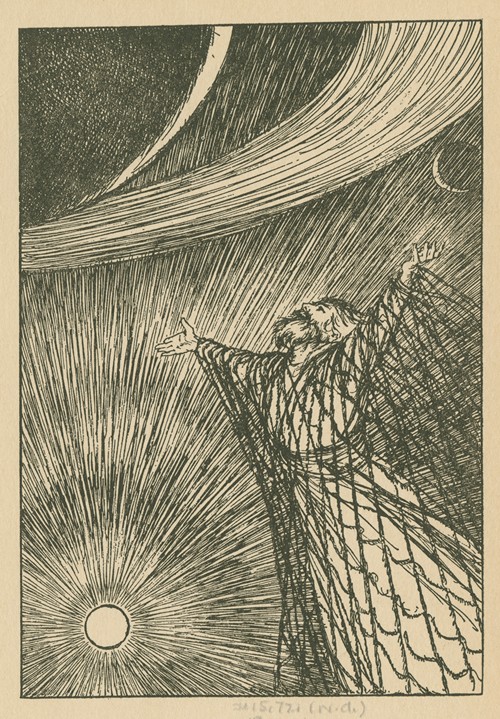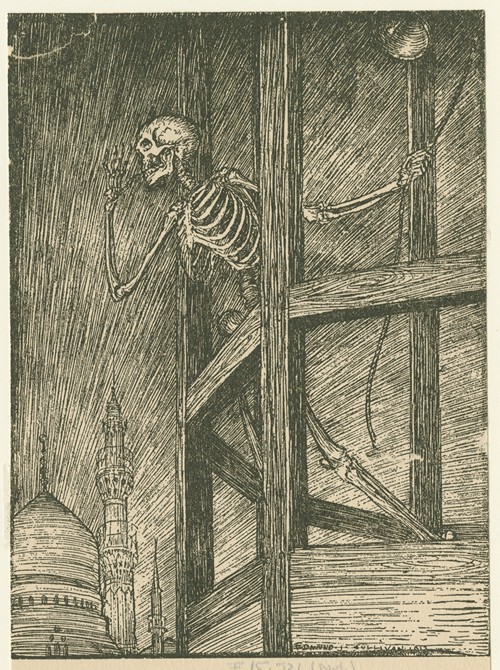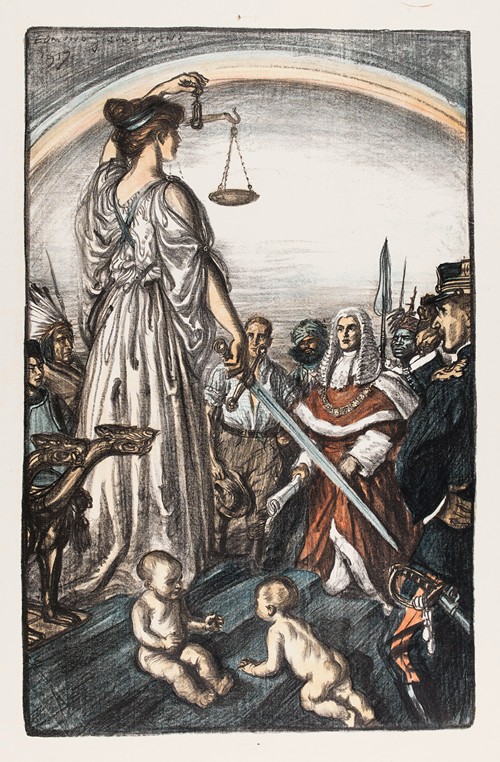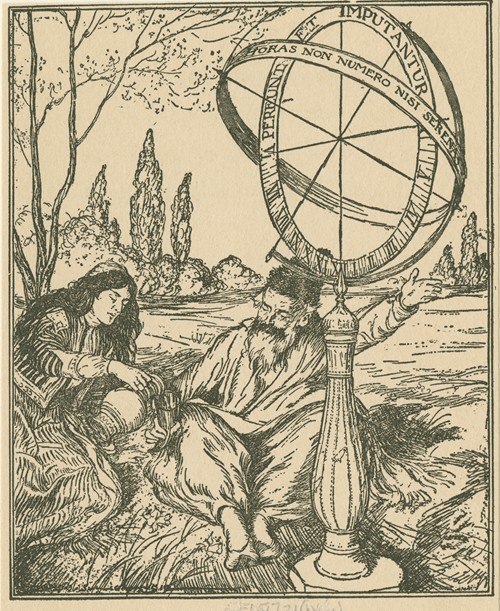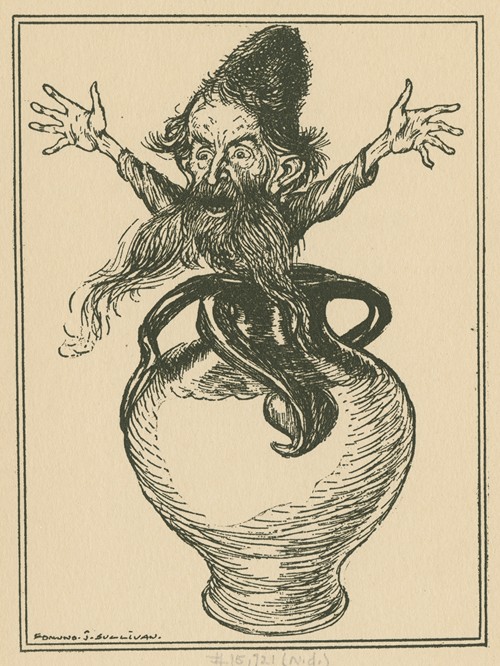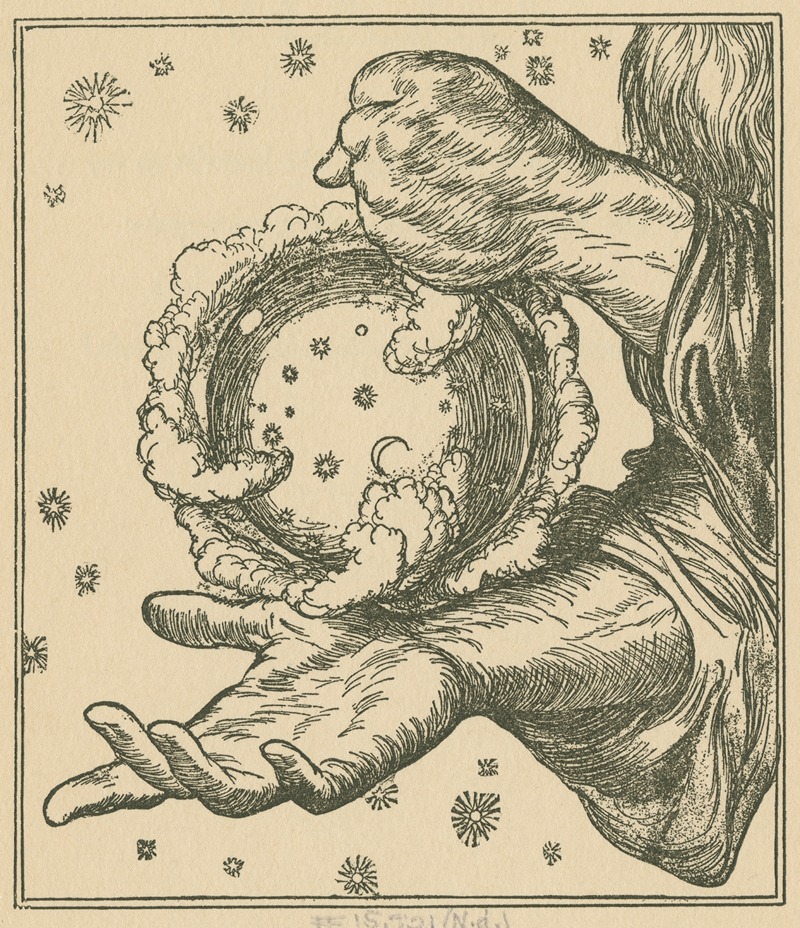
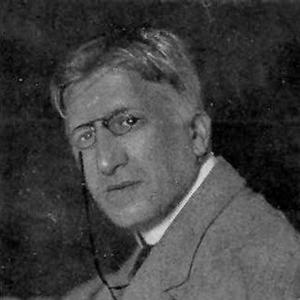
Edmund Joseph Sullivan, usually known as E. J. Sullivan, was a British book illustrator who worked in a style which merged the British tradition of illustration from the 1860s with aspects of Art Nouveau.
Sullivan was the son of an artist. He, however, decided to concentrate on the emerging field of graphic design and book illustration, which was flourishing at the end of the nineteenth century. Sullivan worked at the Daily Graphic from the age of nineteen, moving to the Pall Mall Magazine in 1893. During this period he produced standard news and portrait illustrations, but began to work on illustrations to literature at the magazine. He soon graduated to the more prestigious role of book illustrator, producing illustrations for editions of Lavengro and the plays School for Scandal and The Rivals. Sullivan's style is comparable to that of Aubrey Beardsley, but is more romantic than Beardley's acerbic manner.
He also illustrated The Compleat Angler and Tom Brown's Schooldays. By the end of the decade Sullivan's designs were in high demand, leading to the publication of his most ambitious work, an illustrated edition of Thomas Carlyle's Sartor Resartus, published in 1898. This contains 79 illustrations ranging from emblems to full page pictures. Sullivan adapted his style to use the faux-Rococo techniques he had developed in his play-illustrations in order to combine them with bizarre images of strange fantastical figures, drawing on the genre of the grotesque. Sullivan later also illustrated Carlyle's The French Revolution, though his work was far less varied than for Sartor Resartus. He used the same combination of Rococo and Grotesque to emphasise the violence erupting into the decorative world of Louis XVI and Marie Antoinette's court.
Later books include The Rubaiyat of Omar Khayyam, first published in 1913 and in many subsequent editions. Here, among many fanciful and beautiful black-and-white drawings, he used images of skeletons and animated pots. One such skeleton image was appropriated by Stanley Mouse and Alton Kelley for a Grateful Dead poster in 1966, and album cover in 1971. Sullivan also used his skills of satire in 1916 in a collection of wartime designs called the Kaiser's Garland, which attack Prussian militarism.
Sullivan was one of the leading illustrators selected by Percy Bradshaw for inclusion in his The Art of the Illustrator (1917-1918) which presented a separate portfolio for each of twenty illustrators. He served as a Master of the Art Workers' Guild in 1931 and taught illustration at Goldsmiths' School of Art.
More Artworks by Edmund Joseph Sullivan
